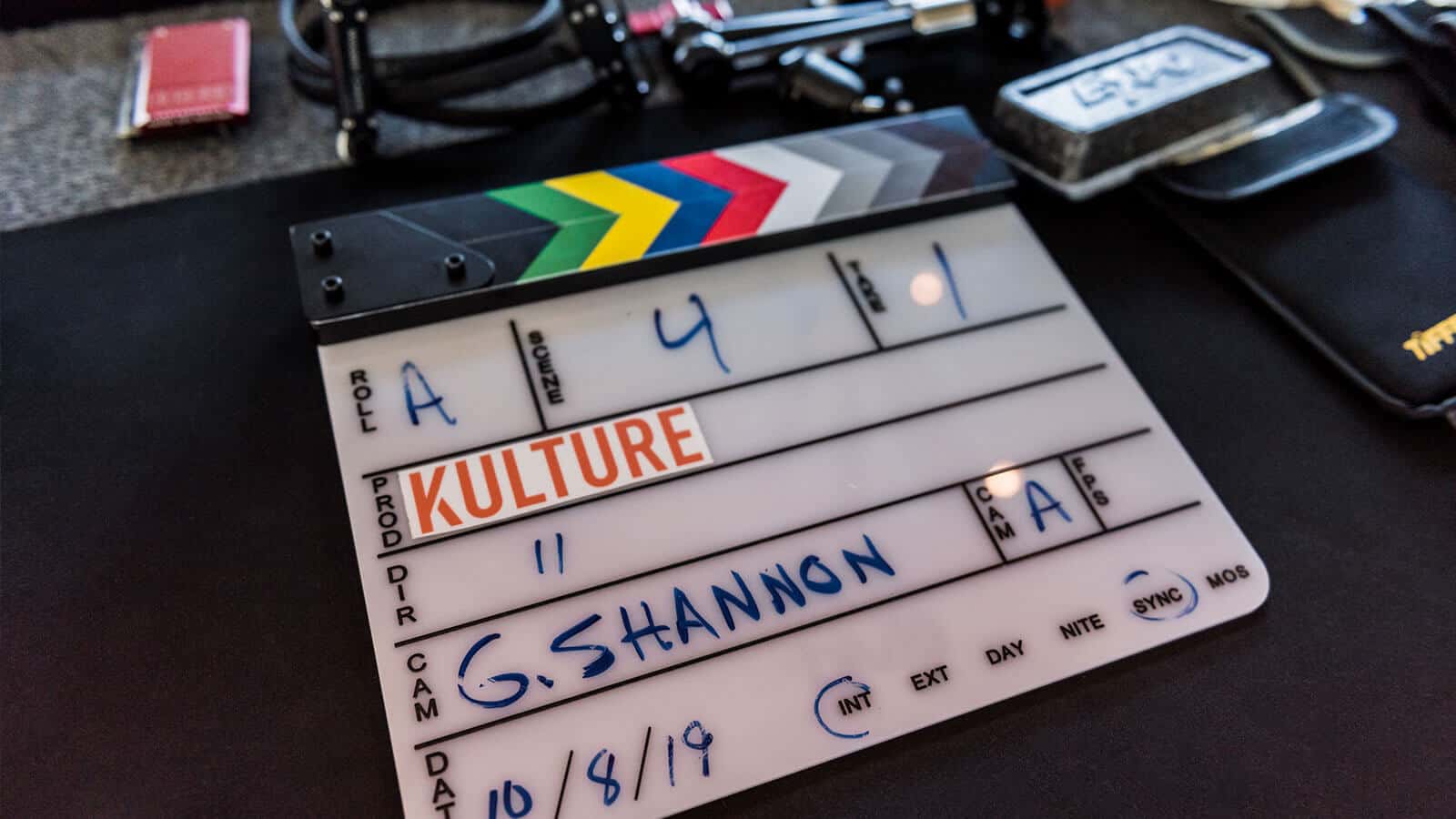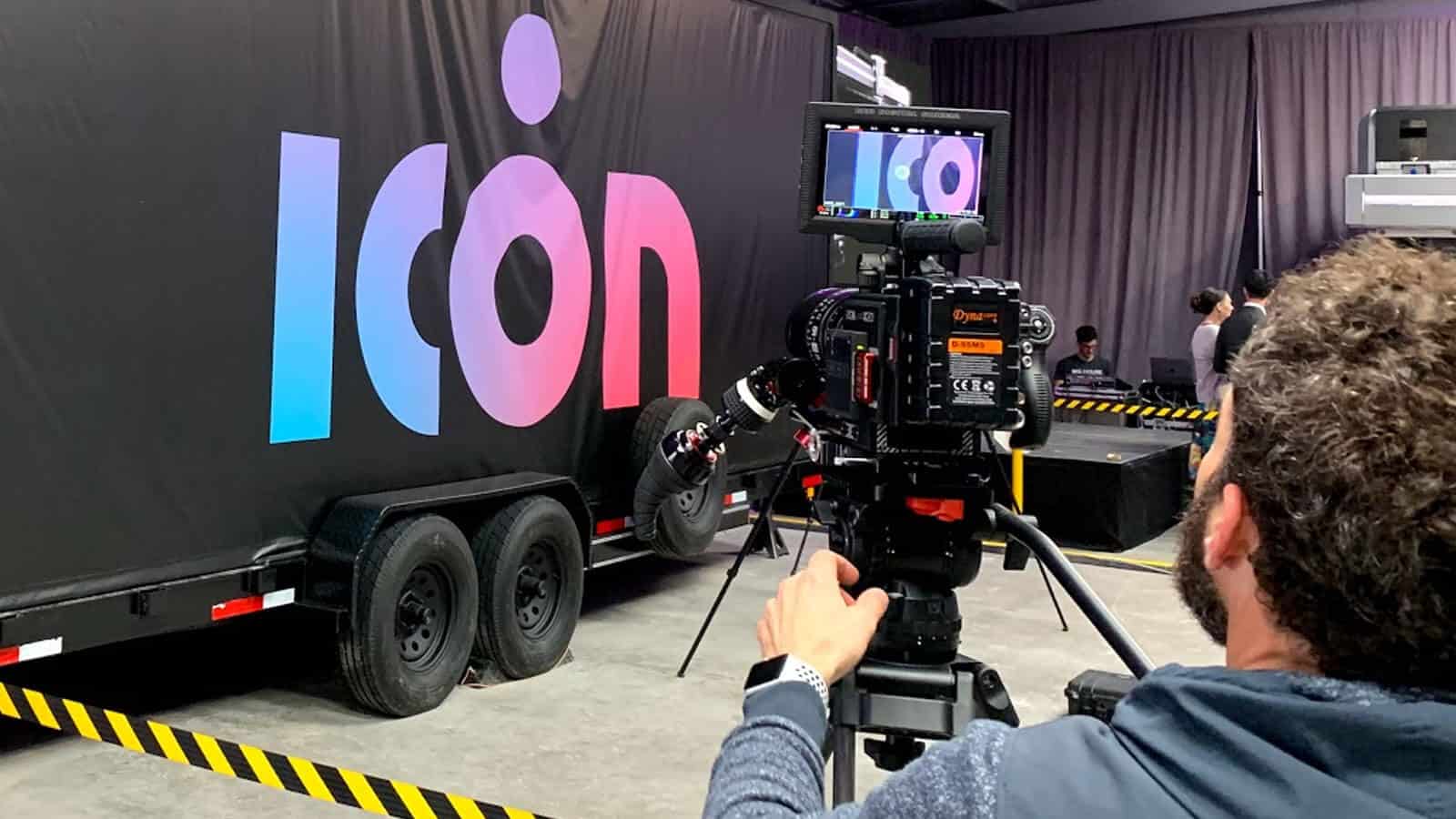Park Place Finance is a lender based in Austin, TX who specializes in various home loan products. They focus on making the loan process as…
It has finally happened. Online advertising has muscled its way into first place for advertising spending — pushing television advertising down to second. Digital advertising tops TV advertising and will continue to do so.
According to eMarketer, digital advertising brought in $72.5 billion in 2016 while TV lagged behind at $71.3 billion. In 2017, digital cornered 41 percent of the ad-spending market while TV claimed a 35 percent market share. That television advertising number is predicted to fall even further for the foreseeable future. In part due to people trending away from the purchase of cable or satellite television subscriptions.
What’s Responsible for Digital Advertising’s Triumph?

Besides the increase in people cord-cutting, or getting rid of subscription television, digital advertising has a sharp boost in over-the-top (OTT) viewing, a major contributor for its position. OTT viewing, which is the delivery of online video, film, and other television content over the internet, has a small but growing market share.
In fact, Hulu saw its ad revenues jump to $1.12 billion — a 13 percent increase. Ad revenues for Roku saw a 93 percent gain, with revenues surpassing $293 million for 2018. In response to cable television’s fading popularity, some companies chose to limit spending to fewer brands. Some products were even launched without the benefit of national television advertising exposure.
Changing Habits Fuel Digital Advertising

Over half of all digital ad revenue came from mobile advertising in 2016. Of this mobile advertising, 47 percent came from mobile search, putting desktop search down 13 percent in the same year. Within mobile advertising, banner ads slid into second place with a 38 percent share and video was third, with 11 percent of the revenue.
Of course, search giant Google controls the global search market with a nearly 64 percent market share, making a significant contribution to the coffers of digital ad makers. The other factor in the changing landscape of advertising is the growing tendency of young people to ditch traditional radio for streaming audio services. Proving this point, digital audio, which just earned its spot as a standalone category by the Interactive Advertising Bureau (IAB) in 2016, already garnered more than $1.1 billion in advertising revenue.
The Analysis?

The numbers don’t lie. Changing consumer behavior and an upswing in OTT services mean more money will continue to flow into digital advertising in the foreseeable future.
While television advertising might not be ready to fizzle and fade, it has hit a flat note that may continue for several years, apart from political elections and major sporting events. Bottom line: Digital advertising tops TV advertising and will continue to do so.



